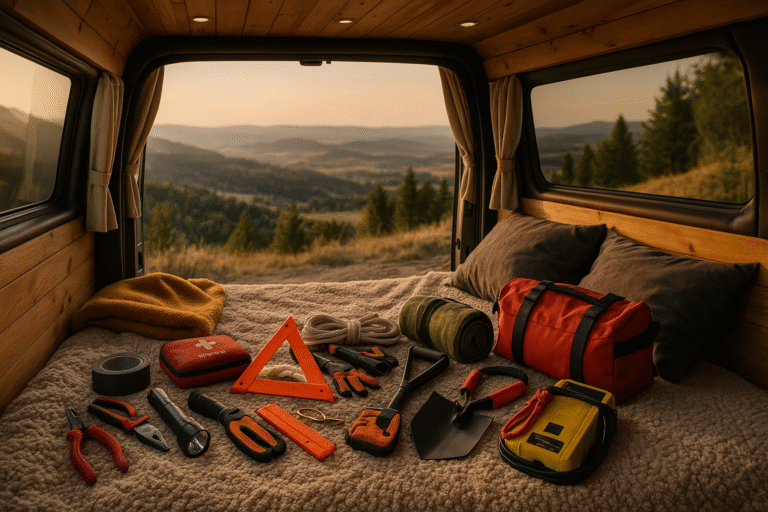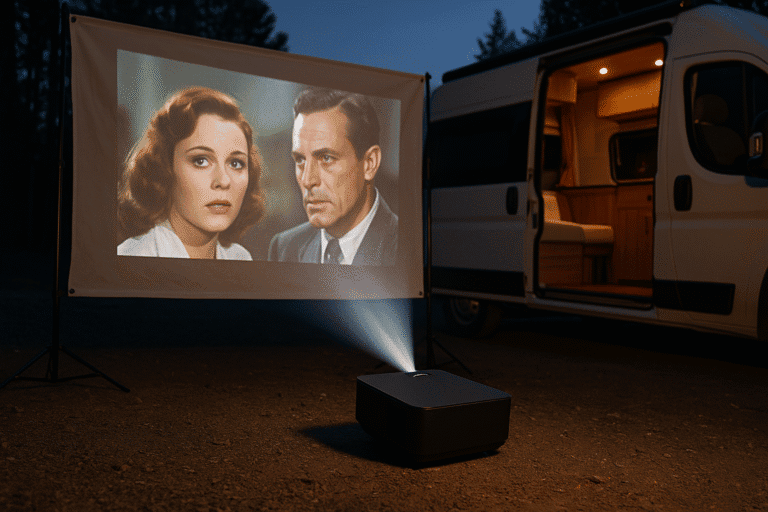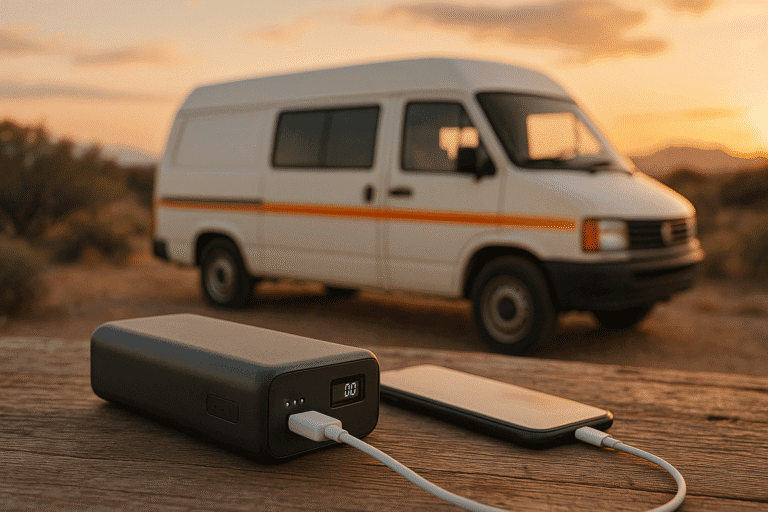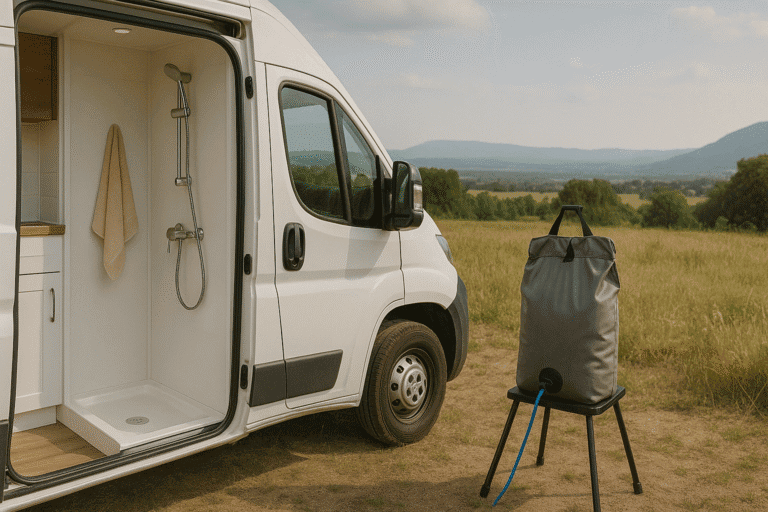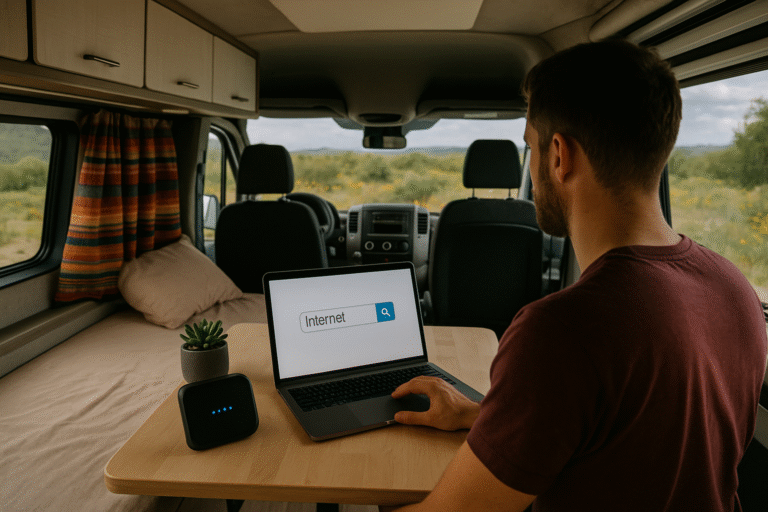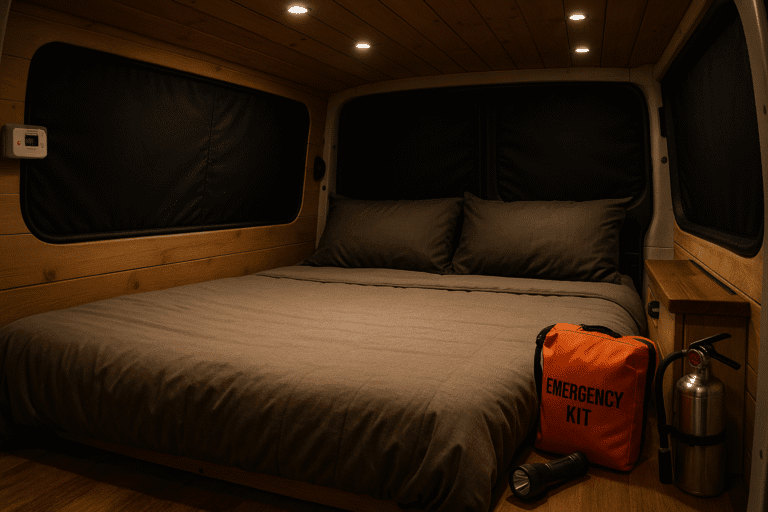How to Heat a Van in Winter: Safe and Effective Methods
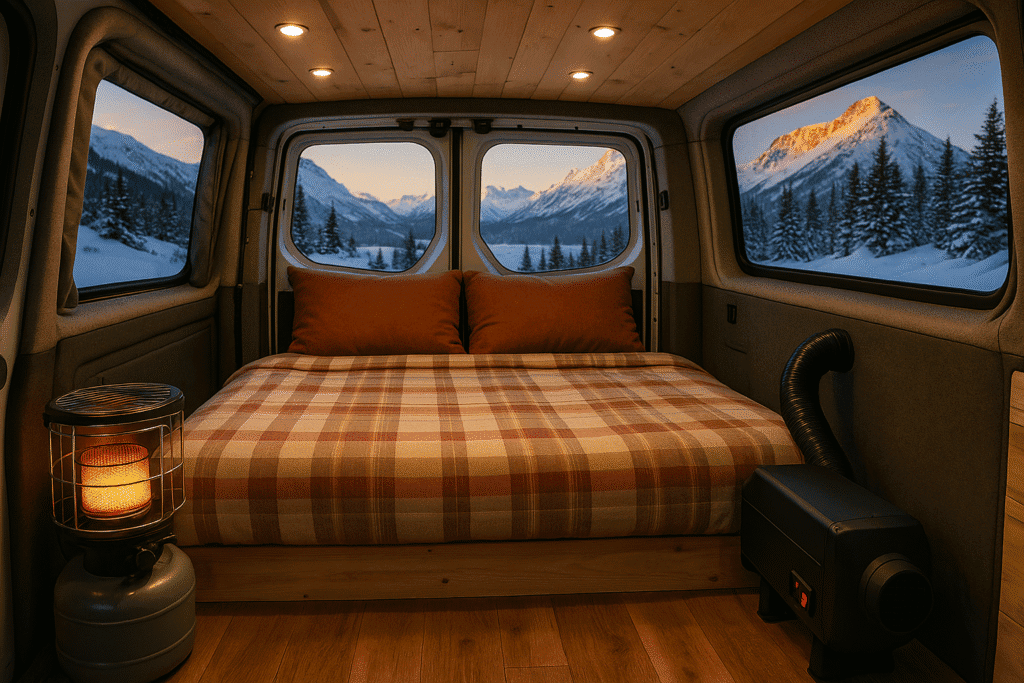
When it comes to exploring the great outdoors or living a minimalist lifestyle, van life can be incredibly rewarding. However, one of the biggest concerns for those adventurous spirits is how to keep warm during those chilly winter months. Whether you’re parked at a winter wonderland or traveling through cold regions, it’s essential to understand how to heat a van in winter. In this guide, we’ll delve into safe and effective methods to heat your van in winter, ensuring you remain cozy while enjoying the freedom of van living.
Understanding the Challenges of Winter Van Life
Winter van life presents unique challenges that require thoughtful preparation. While the aesthetics of snow-capped mountains and serene winter landscapes are captivating, the cold can pose real threats to both comfort and safety.
Risks of Cold Weather in a Van
- Health Issues: Prolonged exposure to cold can lead to hypothermia or frostbite.
- Equipment Damage: Low temperatures can harm your vehicle’s battery, fluids, and appliances if they freeze.
- Condensation and Mold: Increased moisture levels from breathing and cooking can lead to mold growth in your van.
Popular Van Life Heating Options
1. Diesel Heaters
Diesel heaters are popular in the van life community and for good reason. They are efficient and can effectively heat your space without consuming a lot of resources.
- Quick and efficient heating.
- Fuel-efficient, often allowing you to use your vehicle’s fuel.
- Can be used while driving or parked.
Cons: Initial installation can be costly and requires proper ventilation to prevent fumes.
For more information on reliable diesel heater options, check out resources from The Family Handyman.
2. Propane Heaters
Propane heaters are another viable option, providing effective warmth and easy setup within your van.
- Affordable and widely available.
- Simple to install and operate.
Cons: Requires ventilation to avoid carbon monoxide buildup and must be monitored closely.
Visit the National Fire Protection Association for safety guidelines.
3. Electric Heaters
If you have access to shore power or a robust solar power system, electric heaters can be an efficient option.
- Often quieter and safer than fuel-based heaters.
- Easy to control temperature.
Cons: Requires reliable power source and may drain batteries quickly.
Additional Heating Strategies
Insulation
Investing in good insulation is vital for maintaining a comfortable temperature inside your van. Effective insulation materials include:
- Reflective Insulation
- Foam Board Insulation
- Spray Foam
Floor and Window Treatments
- Use thermal curtains or reflective bubble wraps to minimize heat loss.
- Lay rugs or carpets for added insulation.
Ventilation
- Use roof vents to allow warm air to circulate and damp air to escape.
- Install small fans to distribute heated air evenly.
Safety Tips for Heating Your Van
- Always ventilate when using propane or diesel heaters.
- Install a carbon monoxide detector in your van.
- Keep blankets, warm clothing, and a first-aid kit on hand.
Conclusion
If you’re planning your first cold-weather trip, mastering how to heat a van in winter should be one of your top priorities. A well-prepared heating setup can be the difference between a cozy retreat and a frozen nightmare.
Winter van life can be an exhilarating experience, but it requires careful planning, especially when it comes to staying warm. Learning how to heat a van in winter with options like diesel, propane, or electric heaters will help you stay comfortable no matter the temperature outside. Just remember to prioritize safety, proper ventilation, and routine equipment checks
✅ Explore more smart setups: Best Solar Generator for Van Life
✅ Stay connected while traveling: Van Life Internet Setup
✅ Optimize space during winter: Van Life Storage Ideas
Ready to dive into van life this winter? Equip your vehicle with reliable heating solutions and venture into the great outdoors with warmth and safety in mind!
Choosing the Best Method: How to Heat a Van in Winter Based on Your Setup
Understanding how to heat a van in winter isn’t just about picking a heater — it’s about aligning your heating solution with your specific van setup, power availability, and travel style.
If you’re traveling full-time and often off-grid, diesel or propane heaters offer the most reliable heat without the need for shore power. They provide long burn times and can often be used while driving, keeping your van warm on the move. However, they require proper installation, and in the case of propane, regular monitoring of gas levels for safety.
For weekend warriors or those who park at powered campsites, electric heaters offer quiet and clean warmth. These are ideal if you don’t want to modify your van’s interior for fuel lines or ventilation systems. Just make sure your van’s solar and battery setup can handle the wattage draw, especially overnight.
Another strategy is to combine methods. For example, a diesel heater can be your primary heating source while a small electric blanket or low-watt ceramic heater acts as a supplement. This hybrid approach adds flexibility and redundancy, especially in very cold climates.
Don’t forget passive heat retention strategies: parking in the sun, using thermal curtains, and insulating every nook can dramatically reduce how often your heater runs. Knowing how to heat a van in winter effectively means using both active and passive techniques to stay warm.
Ultimately, there is no one-size-fits-all answer. The best approach depends on your budget, climate, and energy preferences. Experiment with different options until you find the most efficient and comfortable setup for your lifestyle.


